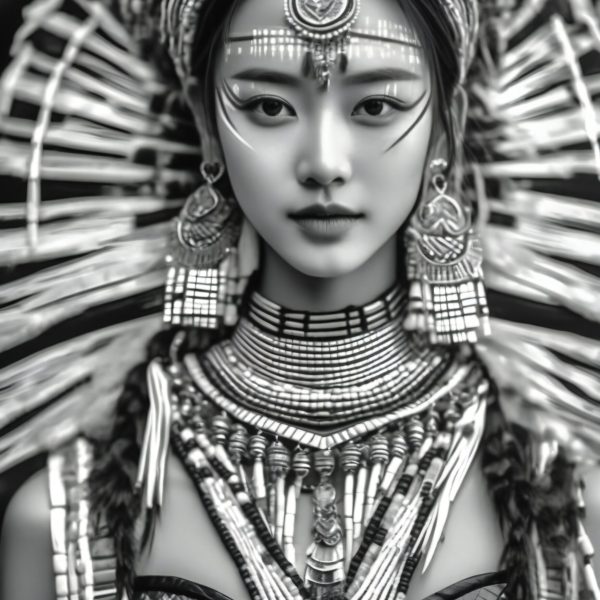Understanding Fashion Designer Education Requirements
The path to becoming a fashion designer is as intricate and varied as the designs they create. While talent and creativity play significant roles, formal education can provide the technical skills and industry knowledge essential for success. This article outlines the education required to be a fashion designer, including specific degrees, courses, and learning experiences that help shape successful careers in the fashion industry. Studying the careers of famous British fashion designers can also offer valuable insights into the combination of education and creative innovation needed to excel in the field.
The journey to becoming a fashion designer not only requires a solid educational foundation in design principles but also necessitates a grasp of the practical and financial aspects of running a design business. For aspiring designers, understanding the costs associated with producing collections, managing a budget, and pricing their designs are critical skills that can make or break a career in fashion. Resources like calculatorprofessional.com can be invaluable tools, providing designers with easy access to financial calculators and other resources to help manage their business operations effectively from the start. This integration of design talent with business acumen is essential for any designer looking to make a significant impact in the highly competitive fashion industry.



Fashion Designer Education Requirements
A career in fashion design is dynamic and rewarding, with a need for a deep understanding of fabrics, color theory, and garment construction. For those aspiring to enter this competitive field, certain educational foundations are typically necessary.
Degree Programs
Most fashion designers start their career with a formal degree in fashion design or a related field. These degree programs offer comprehensive training in the technical aspects of fashion design, including sewing, pattern making, draping, and computer-aided design (CAD) software.
Bachelor’s Degree in Fashion Design
A bachelor’s degree in fashion design is the most common education needed for a fashion designer. Programs typically last four years and cover both the artistic and technical sides of fashion design. Courses in fashion history, textiles, figure drawing, and merchandising are standard, along with hands-on design projects that prepare students for the professional environment.
Associate’s Degree in Fashion Design
For those seeking a quicker path into the fashion industry, an associate’s degree can be completed in two years and still provide essential knowledge and skills. While more focused on the technical aspects of design, these programs also touch on the business side of fashion, making them a solid foundation for an entry-level position.
Additional Courses and Certifications
Beyond degree programs, aspiring designers should consider additional courses in areas like fashion merchandising, fashion business, and fashion marketing. These can be particularly useful for those looking to start their own fashion brand or take on managerial roles within the industry.
Advanced Education and Specializations
While a bachelor’s degree might suffice for many entry-level positions, advanced education can be crucial for those aiming for higher-level positions or specialized areas within fashion design.
Master’s Degree in Fashion Design
A master’s degree in fashion design or fashion management offers advanced training that can lead to opportunities in higher management, academic teaching, or specialized design roles. These programs delve deeper into the business and global aspects of fashion, providing a strategic edge in the industry.
Specializations
Specializing in a particular area of fashion design can differentiate a designer and open up niche opportunities. Possible specializations include haute couture, children’s clothing, footwear, and accessories. Education programs tailored to these specialties often provide specific technical and creative skills that are highly valued in those segments of the market.
Practical Experience
In addition to formal education, hands-on experience is a crucial part of a fashion designer’s training. Internships with fashion houses, design firms, or retail businesses provide exposure to the fashion industry’s practical aspects, including production, marketing, and sales.
Internships
Internships are a key component of the education needed for fashion designers. They offer real-world experience, networking opportunities, and a chance to see firsthand how the industry operates on a daily basis.
Portfolio Development
Building a strong portfolio is essential. A portfolio showcases a designer’s best work and style range and is often the deciding factor in hiring decisions. Education programs help students develop their portfolios through guided projects and critiques.
Continuous Learning and Networking
The fashion industry is ever-evolving, making continuous learning and networking essential for a successful career. Designers must stay updated on the latest trends, technologies, and sustainability practices to remain competitive.
Industry Seminars and Workshops
Participating in fashion seminars, workshops, and trade shows can provide ongoing education and important industry contacts. These events are platforms for learning about emerging trends and meeting other professionals who can provide insights and opportunities.
In conclusion, the education required to be a fashion designer is multifaceted, combining formal degree programs with practical experience and continuous professional development. Aspiring designers must not only focus on honing their creative and technical skills but also understand the business of fashion to truly succeed. This comprehensive approach to education equips fashion designers with the tools they need to navigate and excel in this dynamic field. By examining the educational paths of the best fashion designers, students can gain additional perspectives on how to integrate their learning experiences to achieve similar levels of success.